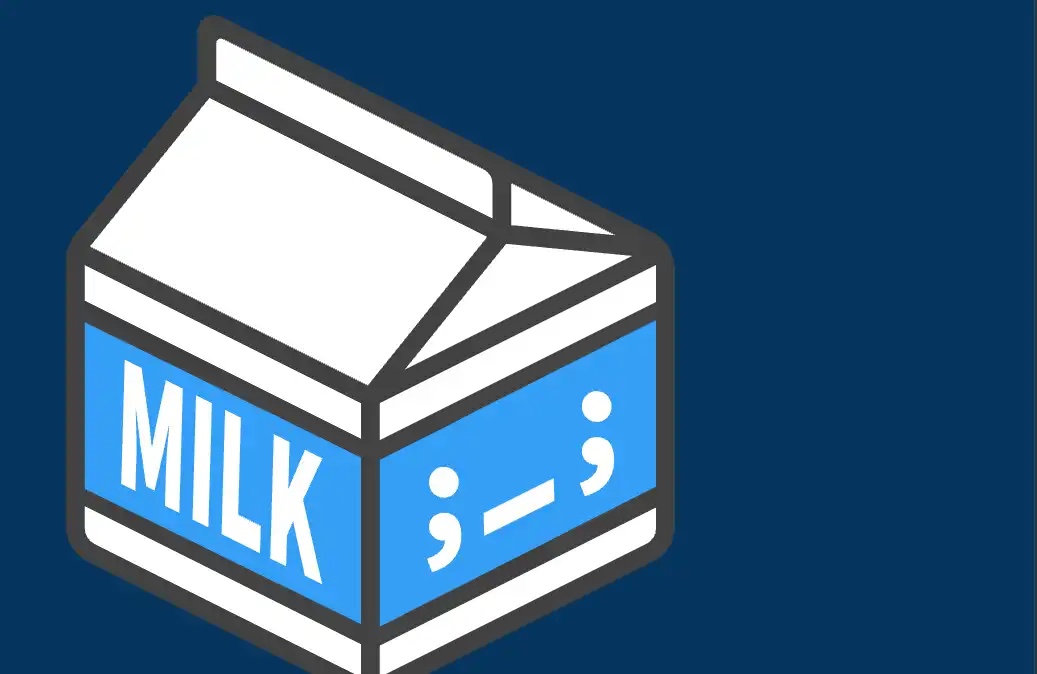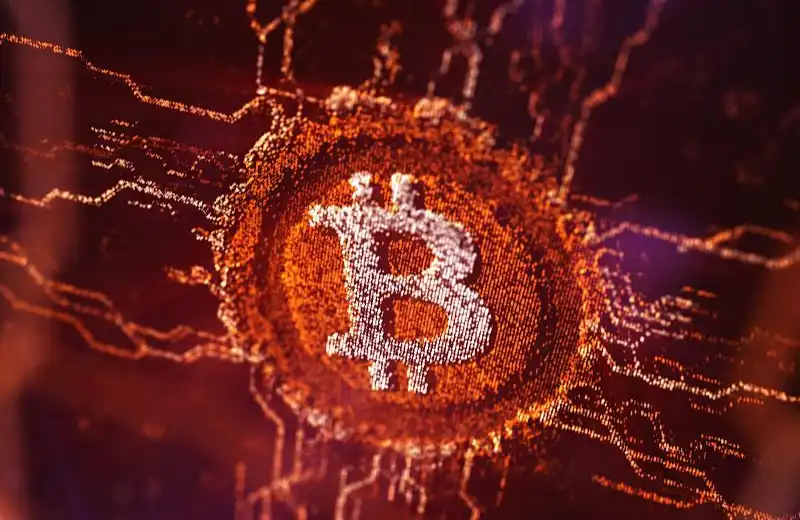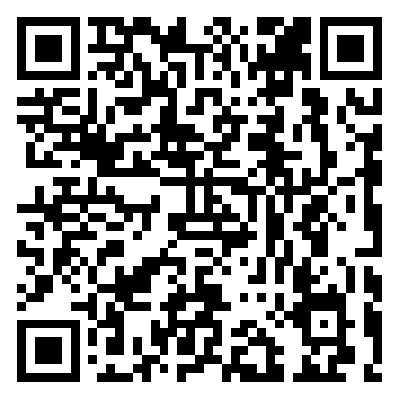With its market value doubling in a month, how did Gains Network beat Gains Network GMX in single-day revenue?
Gains Network Gains Market Value Doubles in a month How did Gains Network beat Gains Network GMX in one-day revenue?
原文来源: R3PO
Gains.Network's gTrade is a decentralized, Polygon-based perpetual contract trading platform. gTrade has had more than $1.7 billion in monthly volume and more than $1.2 million in monthly revenue since its launch at Arbitrum. Its daily revenue surpassed GMX on January 25. It also surpassed GMX in volume last week. GNS is now worth about $180 million, up more than 100% in a month. Recently, the trading volume, users and transaction costs of the platform are constantly increasing, and the platform can obtain sustainable income. R3PO believes that GNS is expected to face new deflation. On the whole, the protocol has burst out excellent development potential due to the strong product power.

Investment bright spot Forecast
1. The product level is very smooth, and repeated authorization is not required for transactions through "one click" after a single authorization.
2. There are nearly 100 trading pairs, including cryptocurrencies (40+), forex (20+) and tokenized stocks (30+), and recently commodities.
3. Due to relatively rich trading, LP's risks are diversified and its profits are normalized.
4. Gains Network's future performance in the Arbitrum ecosystem and gains market share in GMX.
Project Information
Gains uses a model somewhat similar to GMX's, but instead of lending liquidity to a basket of assets, users are lending liquidity to a vault containing only DAI. Like GLP, the vault acts as a counterparty to the trader on the DEX, and the user deposits DAI collateral to open a long or short position. Users can also act as LPS in the vault, where they will earn trading fees and internalize the traders' profits and losses. Its flagship product is gTrade, a decentralized leveraged trading platform that is liquid, efficient and user-friendly. Allows the use of leverage (up to 1000x) to trade stocks, cryptocurrencies and forex. In addition to the trading platform, the Gains Network also has an NFT collection and pledge program.
Gains has several unique features, such as support for stocks and foreign exchange in addition to cryptocurrencies. The trading platform is a "degens haven" (degens is for individuals involved in risky trades) because it supports a leverage ratio of 100-1,000 times, depending on the asset class the user trades, which is the highest of any DEX.
gTrade's entire trading platform is running on DAI and Gains Network native Token GNS. The leverage is synthetic and the product module consists of DAI Vault, GNS/DAI Liquidity and GNS Token. Withdraw DAI from the vault to pay the trader's gain (+PnL), or receive DAI from the trader if the trader's PnL is negative. Through a single liquidity pool for all orders and DAI vault, gTrade can offer a variety of trade pairs and leveraged products. There are 70 trading pairs on the trading platform, including cryptocurrencies, forex and tokenized stocks.
GNS has over 8,000 unique users, and as of December 26, 2022, it had about 300 daily active users and TVL of $21.94 million, with daily new users currently down to 10-30 users. GNS, with a market capitalisation of $103m, achieved $22bn in trading volume while taking a fee of $14m (0.08% of the value of the position), of which 32.5% was redistributed to GNS Mortgagors /LP.
Other products features
Oracle
Chainlink a DON (Network of Decentralized Prognostics) supports gTrade information. gTrade has its customized network of real-time Chainlink node operators to get an intermediate spot price for each trade order.

Transaction cost
gTrade charges a fee of 0.08% of the open and open leverage value of all cryptocurrencies / 0.008% of the foreign exchange transaction. Prices (%) = (open interest {long/short} new trading position size / 2) + / 1% depth /} {. The price effect on foreign exchange is zero, but applies to cryptocurrencies and stocks.
gTrade also charges a capital fee on the size of the position and a rollover fee on collateral based on the net exposure and volatility of the trade pair to manage the DAI vault risk. Fees are distributed to teams, project funds, liquidity providers and GNS pledges, affiliates, DAI Vault, GNS/DAI LP, and NFT holders who execute limit orders and liquidations in a decentralized manner.
Leverage permits in different markets
· gTrade currently offers cryptocurrency pair trading in the 4x to 150x leverage range.
· In stocks, leverage ranges from 3 times to 100 times.
Profit model
gTrade is divided into two pools: DAI Pool is the "first line of defense" that acts directly as a counterparty to trader and can be understood as vault insurance pool. The GNS/DAI connection in quickswap is the "second line of defense". When a trader makes a big profit, causing the DAI in the insurance pool to be lower than the TVL deposited by the user, gTrade adds to the DAI pool in the "first line of defense" by slowly selling GNS for DAI in the "second line of defense". Conversely, if there are traders large losses, DAI pool is higher than TVL110%. It means that gTrade has made money as the counterparty. The DAI with 110% more will buy back the GNS in the GNS/DAI pool and destroy it.

gTrade's profit model is based on the theory that retail investors overall lose money over an extended time horizon. gTrade, based on high leverage and the high volatility of cryptocurrencies, amplifies the theory's benefits. By the end of December, gTrade had actually run for 14 months according to this theory, with a cumulative PNL of -5.65m.


Other information about the project
safety
Gains Network was audited by CERTIK, a prominent auditing firm. CERTIK has identified seven issues with Gains Network v9, three of which have been resolved and three confirmed.

The most critical problem has to do with project centralization. kynet Trust Score was 87 out of 100, which is not bad.

GNS token
The Gains Network economy was powered by its native Token GNS. It has a supply cap of 100,000,000 GNS and is used as a fail-safe mechanism that should never be triggered. GNS initially offered 38,500,000 GNS. Twenty-five percent of the initial supply was burned within a year, and the current supply is over 30.2 million, of which 75.2 percent has been pledged.
GNS staking
GNS can be pledged to earn DAI through trading activities on gTrade, with 40% of the fee for market orders and 15% of the fee for limit orders allocated to GNS staker. Gains Network says 70 percent of its trades are market orders, and an average 32.5 percent fee on all orders will go toward GNS pledges. The current GNS pool APY is 2% and DAI Pool APY is 7%.

DAI Vault Vault
The DAI Vault Vault proceeds from the traders' DAI transaction fees and is also used to pay for the traders' sources of profit. Users can pledge DAI and earn fees based on the volume of transactions on the platform. If the Treasury is undersecured, the pledge may face losses. Since it began in December 2021 and has experienced a wide variety of market conditions, not a single DAI pledge has left at a loss.
GNS/DAI mine pool
Because decentralized protocols require a pool of liquidity. Users are encouraged to offer GNS/DAI mine pools on Quickswap. LP support while earning GNS rewards and dQUICK rewards (while still earning Quickswap Swap fees).
GNS NFT
For special benefits, users can purchase the project's native NFT. There are 5 different types of NFT unlock exclusive benefits. These NFT provide a higher level of enhancement for LP rewards and one-sided pledges.

Competition Pattern
The main difference between GMX and GNS is product, with GMX relying on perpetual and spot trading while GNS relies on synthetic asset trading. Perpetual and spot trades require pools of liquidity to trade, which is why GLPS exist. However, it limits the amount of tradable assets because of the need for liquidity.
In contrast to GMX, GNS opted for synthetic assets that did not require a liquid pool of capital. They can list as many tokens as they want to improve capital efficiency. Synthetic asset and FX/equity trading offers new opportunities for traders as it does not require any tokenization, liquidity pools or third party interactions. The limitation of synthetic assets is the need for data providers, as the price is not determined by the offer/demand on the platform.

GNS has more than 8,000 unique users, including about 300 daily active users, while daily new users are currently down to 10-30 users. GNS has a market capitalization of $10,700. Besides GMX, GNS faces a lot of competition in the market. The most direct competitor is GMX, but GMX is limited by the lack of innovation motivation of its development team.

Risk warning
1. Team members have only one core development
2. Customized DON oracle without much argumentation basis
3. The counterparty of the game is the trader, and the profit depends on the trading level of the trader to a large extent
4. Only DAI is supported as the only trading Token. Although this is to avoid the risk of censorship, it also increases the limitation
Original link
Welcome to join the official BlockBeats community:
Telegram Subscription Group: https://t.me/theblockbeats
Telegram Discussion Group: https://t.me/BlockBeats_App
Official Twitter Account: https://twitter.com/BlockBeatsAsia


 Forum
Forum Finance
Finance
 Specials
Specials
 On-chain Eco
On-chain Eco
 Entry
Entry
 Podcasts
Podcasts
 Activities
Activities
 OPRR
OPRR







